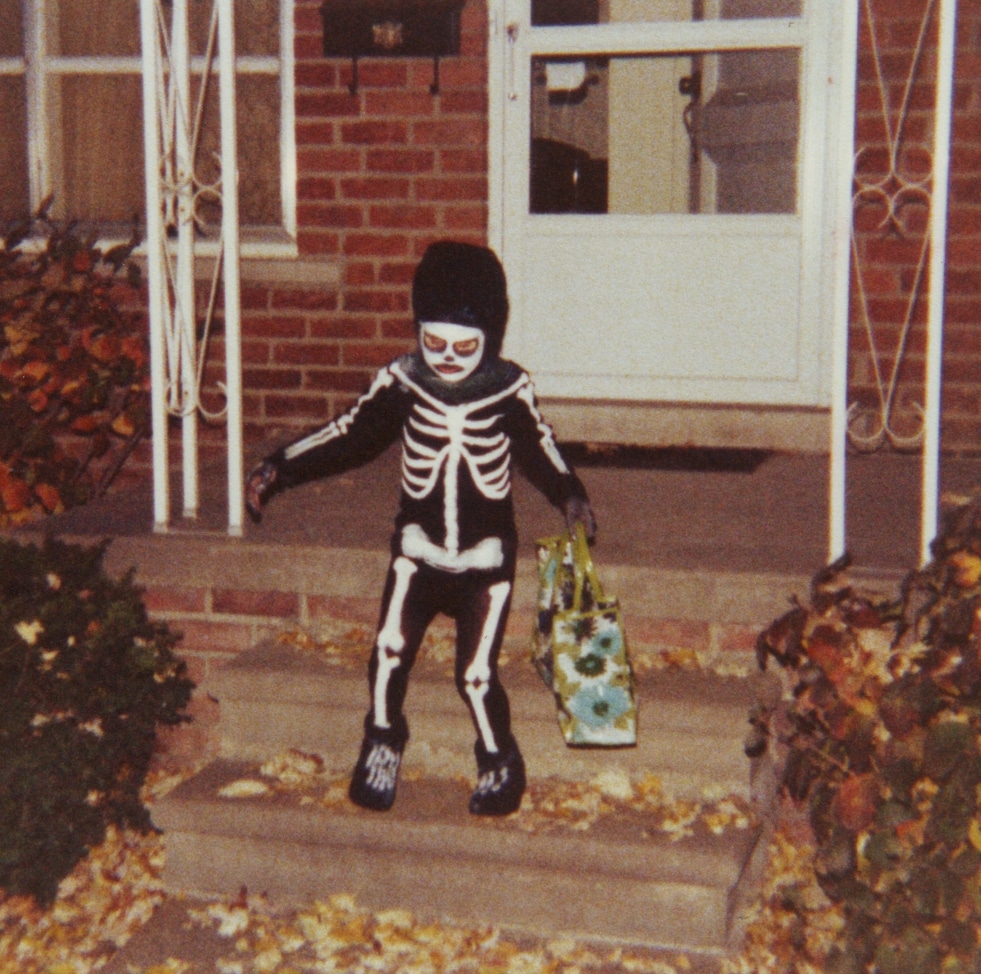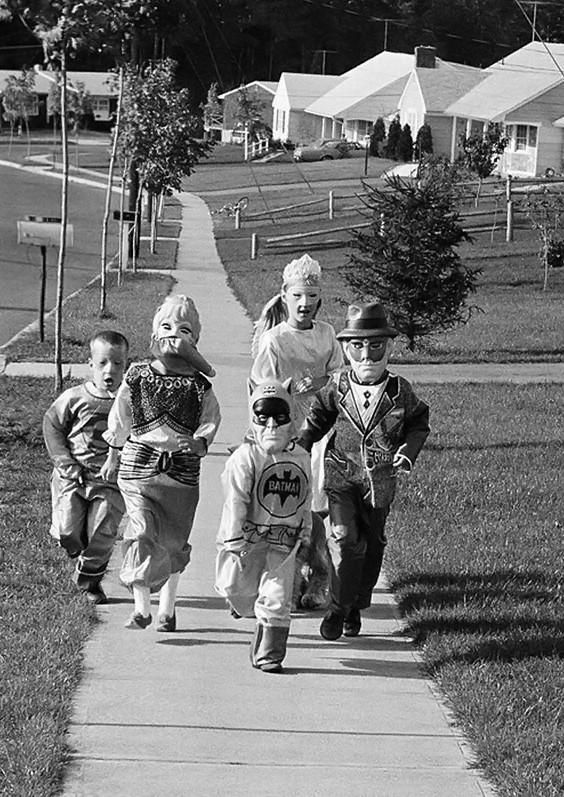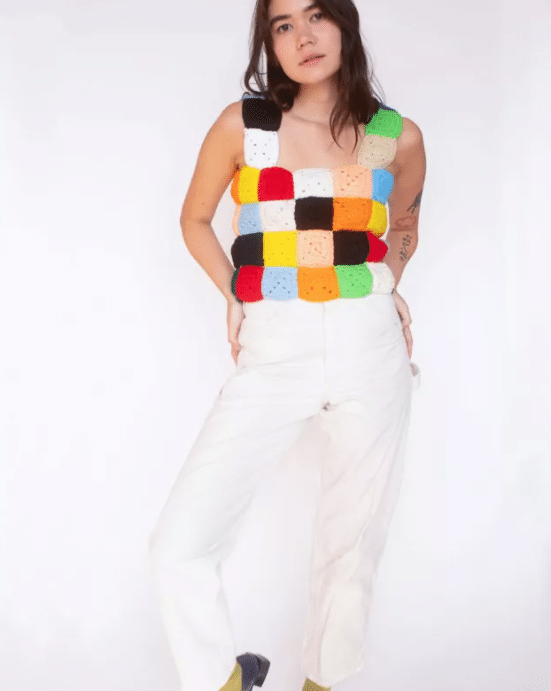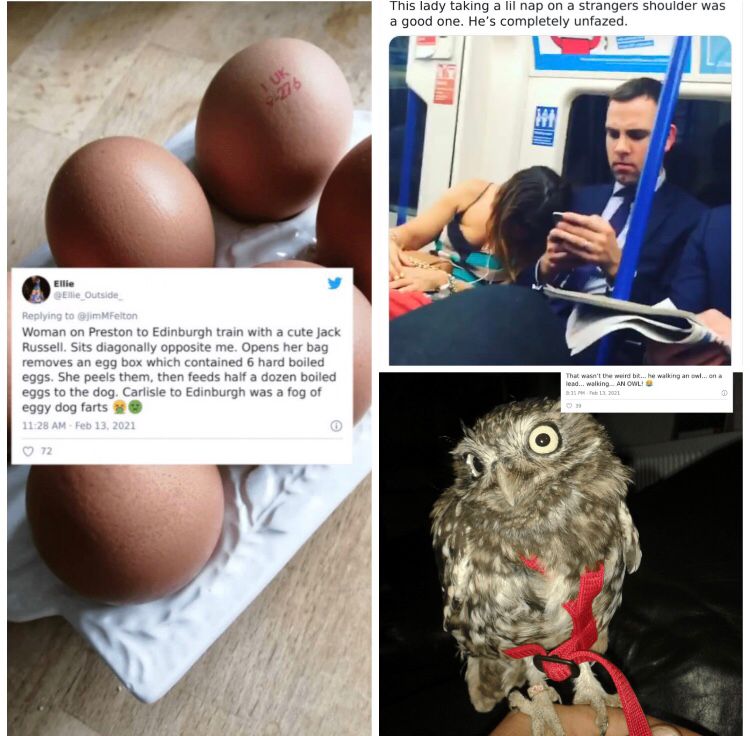When we read that the history of trick or treating was described as “dark and fascinating” and “weirder than you thought” we knew we had to get the inside scoop. As R.L. Stine would say: readers beware, you’re in for a scare. Okay, not a scare, but some spooky fun history! Trick or treating, as we know it, consists of dressing up in costumes, then going door to door to get some free candy. It’s a fun, spooky time and we can probably all agree that we were a little too sad when we realized we were too old to hang anymore. Although passing out candy is just as fun, and the cool thing about being an adult is you can just go buy your own Halloween candy whenever you want. (hotcanadianpharmacy.com) This is trick or treating as we know it, but the origins of trick or treating go way far back to medieval Europe. Join us on this fascinating and twisted journey through time.

Our journey begins in medieval Europe with a practice known as “souling”. The first trick or treaters were children from poor families that would go around to neighbor’s homes begging for food and money. This activity occurred during the time of a holiday known as Samhain that took place on October 31st. In exchange for food and money, the children would offer to pray for the souls of the recently departed.
Fast forward to the 19th century when the Catholic church adopted and combined Samhain and the Celtic New Year to create All Hallow’s Day and All Souls Day. The tradition that followed was similar to “souling”, only now referred to as “mumming”, trick or treaters would sing songs or tell jokes on doorsteps. With the morphing of the holiday came the tradition of costume wearing. Kids would dress as angels, saints, and devils as they roamed the neighborhood.

During this time, all the single ladies had a tradition all of their own; they would throw apple peels or crack eggs into a bowl hoping their future husband’s initials would appear. Some would even look in a mirror in a candlelit room hoping the face of their beloved would appear. Worth a shot, right?
It wasn’t until the 1920’s that candy got introduced as a vital part of the holiday. In fact, before candy, it was all about soul cakes. Soul Cakes were spicy cakes made with nutmeg, gingers, cinnamon, and raisins and were initially placed outside homes to keep mischievous spirits away, but were then given to actual real-life little ghouls.
The late 19th century was when the holiday and Halloween traditions began to really take shape, thanks mostly to Irish immigrants that came to America during the Potato Famine.
Let’s talk for a second about the bad reputation Halloween used to have. In the 1920s, Halloween was all about mischief; to the point where communities had to take action and start organizing events for kids to attend rather than flipping cars over and setting things on fire. And by the 1950s Halloween was all about the parties, and we can only imagine how over the top fun a 1950’s Halloween party was. This is where our journey ends, kind of. For the last several decades Halloween has been all about costumes, spook houses, candy, and parties. And probably a little mischief. As for us, you can find us binging all of the 90’s Halloween movies while we devour some take-out.







